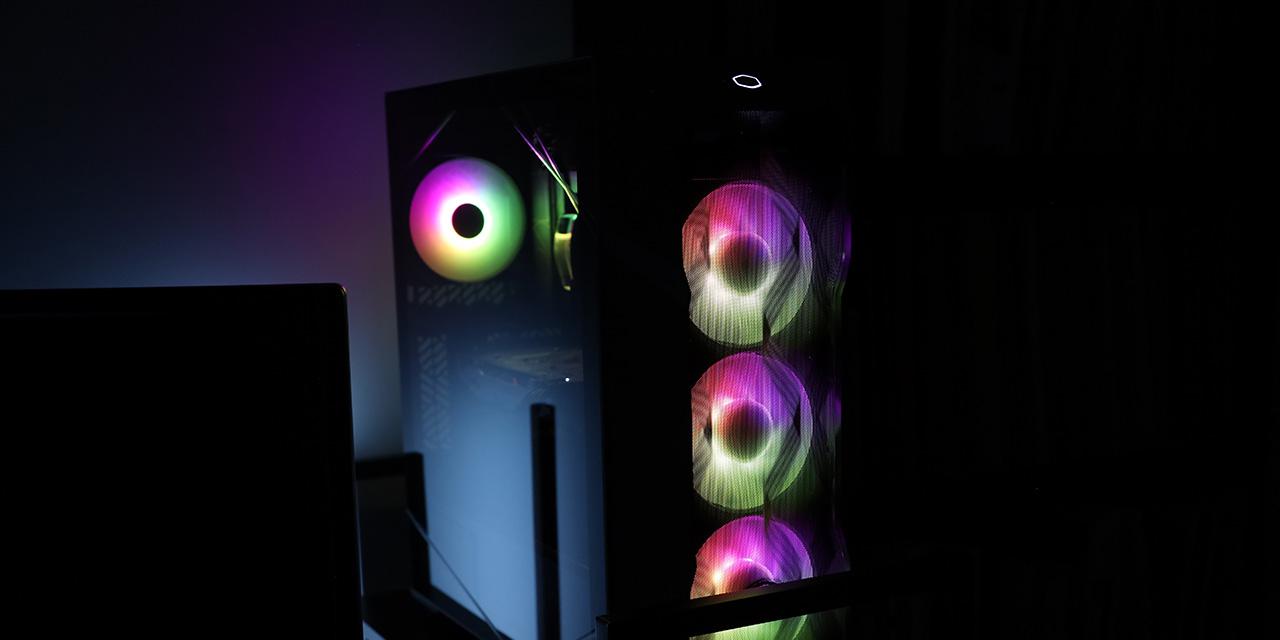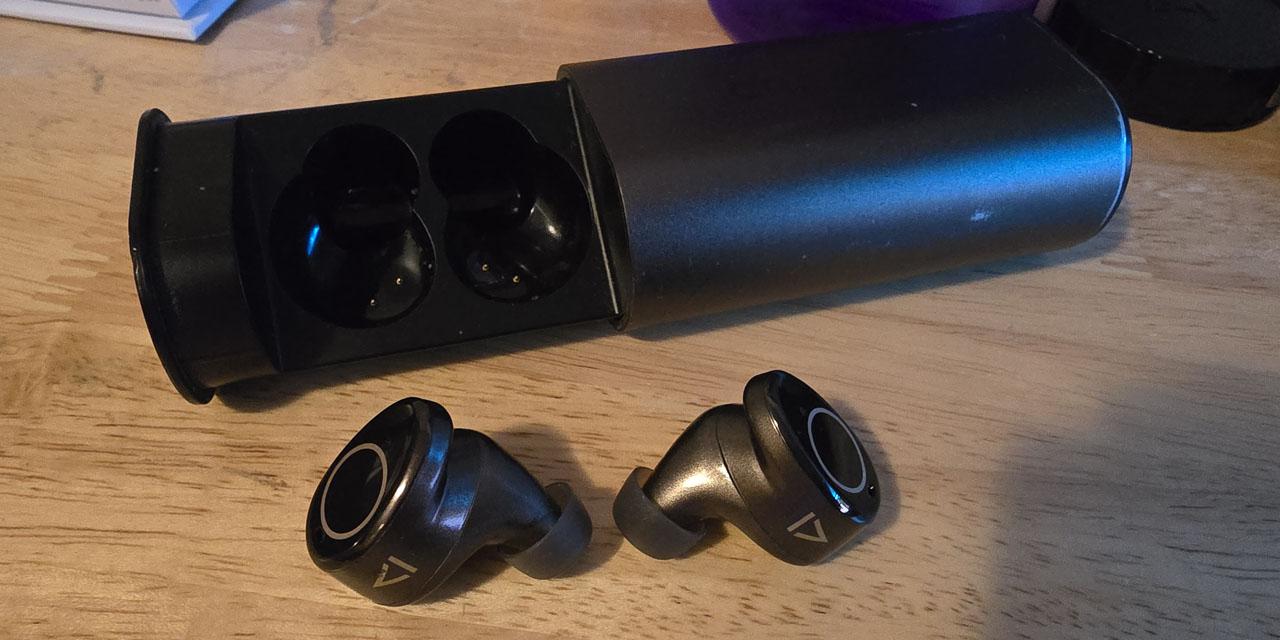|
From X-bit Labs: Intel Corp. has begun shipments of Atom-based system-on-chip for so-called micro-servers. The new processor will likely become available this year and will enable server manufacturers to create ultra-dense machines with low power consumption. As reported previously, the first Atom-based server offering from Intel will be released sometime in 2012. Although Intel Atom micro-architecture will remain intact and will still have a number of limitations (e.g., lack of out-of-order execution and other drawbacks), it will gain 64-bit capability, virtualization technology, support for error-correcting code, PCI Express, Hyper-Threading and other peculiarities of modern server central processing units. The chip will likely be based on Cedarview micro-architecture, will be dual-core and will be made using 32nm process technology. However, Intel has not confirmed this yet. The product consumes less than 10W of power. "[The server-class Atom chip is] at a performance, power and cost level we like, and in 2013 we plan a part an order of magnitude above it," said Jason Waxman, general manager of Intel’s data center group. According to the Intel executive, the world's largest maker of chips is already sending samples of the chip to server manufacturers, reports EETimes web-site. Unfortunately, it is unclear which of the server makers are actually interested in making machines powered by Atom microprocessors. The only companies known for using Atoms for micro-servers are SeaMicro and Habey. Micro-servers is a market currently served by proprietary servers from a few companies. ARM and its partners have already disclosed plans to address it with future offerings based on ARM architecture, but Intel and others criticized the approach claiming that in many cases performance of such machines will be too slow for traditional scenarios and more of them will be needed to solve tasks, which will ruin energy savings. Still, companies like Calxeda are developing sophisticated and highly-integrated ARM-based server microprocessors as well as platforms that utilize NAND flash memory as storage and use other means to dramatically reduce power consumption and create ultra-dense machines. View: Article @ Source Site |
 |
Intel Shows Off First Atom Chips for Micro-Servers
© Since 2005 APH Networks Inc. All trademarks mentioned are the property of their respective owners.





